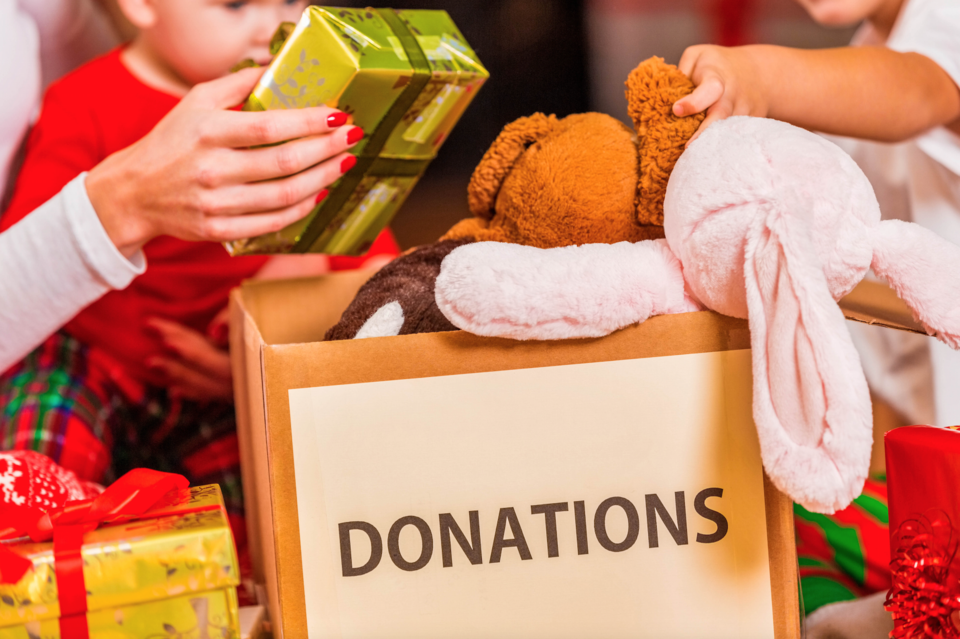On Giving Tuesday, you are likely being inundated with requests for charitable donations. Rather than making an impulsive contribution, it’s wise to stop and reflect on where your money is going and the impact it will have, said Greg Thomson, director of research at Charity Intelligence.
“Take some time to reflect on what matters to you and think about which charities might match up well with what you want to give,” Thomson said.
Thomson cautioned would-be donors not to fall for offers to double or triple the amount they give.
“Those offers to double your impact or triple your donation are in some senses smoke and mirrors. They're a marketing tool that are designed to try to get people to act in a knee-jerk reaction method. And we would recommend that donors don't do that.”
Charity Intelligence (CI) is a national organization which researches and evaluates Canadian charities to help people make informed choices about their donations. Rather than just focusing on metrics like how many cents for every dollar donated go to the cause, CI’s impact assessments try to put a dollar value on the change that happens because of what a charity does.
“We can say, for every dollar that the charity spends, it creates $6 worth of impact, in the case of some of the ones on our Top Impact list, or $1 or $2 of impact for the average charity. Some even destroy value, effectively, and create maybe 40 cents with every dollar that they take in,” Thomson said.
Three Alberta charities made CI’s 2023 Top 10 Impact Charities list: Edmonton’s Food Bank, Fresh Start Recovery, and Operation Eyesight Universal.
In any sector you will find charities that are doing a great job of creating value, and those that aren’t, Thomson said. But some sectors do tend to have a higher-than-average impact, like food banks.
“A lot of people think of food banks as being just a band-aid for people's problems. But you know what, as a critical time in people's lives, that is one heck of an incredibly important band-aid. And for a relatively small amount of money, at the right time, food banks can really get people back on track in their lives.”
If you are questioning whether a charity is going to put your money to good use, there are a few things to watch out for. One red flag is vague statements like “Since we started, we’ve helped 2 million people.”
“That gives no indication of what they've done. It might seem like a big number, and wow, they've helped a lot of people, but you have no idea to what extent they've helped them,” Thomson said.
Another bad sign is if charities don’t report back on what they do.
“Charities get charitable status for a reason. They're public organizations. If they're expecting donors to give money, they should be reporting back on how they spent that money and what the change was.”
By asking a few simple questions about how money is spent and the type of work being done, any thoughtful donor should be able to get a sense of whether the charity asking for a donation is actually making a lot of change, he said.



